The upland hunting season is over. You’ve cleaned and stored your hunting vest, gotten the mud off your boots and oiled them until next year, and cleaned and oiled the shotgun. Just don’t put that shotgun away yet.
Let’s face it, if you think back over the season you missed a few shots you should have made. You stood there perplexed as the bird flew away wondering what happened.
This Spring and Summer is the perfect time to sharpen those shooting skills for next year; which will be here sooner than you think.
And the place to do it is at your local clays range. Let’s look at how the three most popular clay target games: skeet, trap, and sporting clays, can make you a better shot for next season.
Skeet: developed by hunters
A lot of people say they have shot skeet. It seems to be a universal term used for any clay target shooting, to include using a hand thrower behind your uncle’s barn in the country.
Skeet is actually shot on a range with a defined sequence of shots from eight stations.
Skeet was developed by hunters who wanted a clay target sport that simulated various upland game shots. Its original design has evolved into today’s skeet range.
It now has a high house on the left and low house on the right with a trap machine in each house. The course has eight shooting stations arranged in a semi-circle.
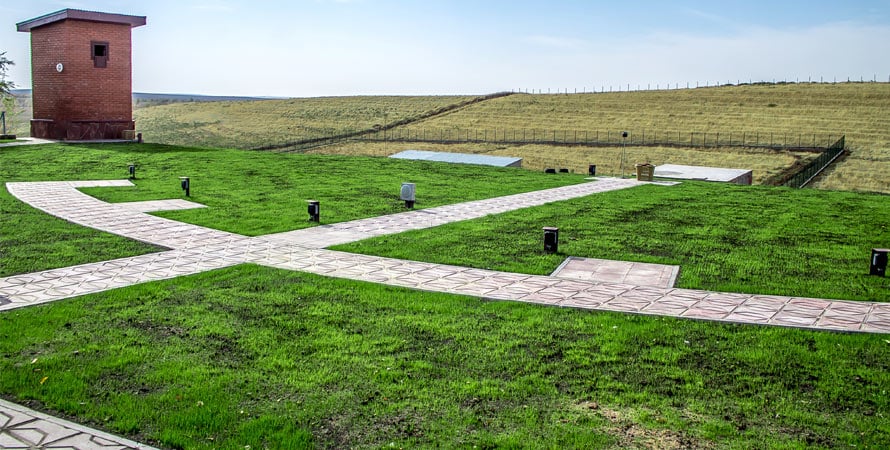
You start at station one under the high house shooting both singles and doubles at 1,2,6, and 7 and singles at 3,4,5 and 8 for a total of 24 rounds (somebody check my math). The 25th round is your optional round on any station after a miss. The course is designed to throw targets on a constant trajectory and constant speed.
So how do you use it to up your upland game skills? Let’s look at several stations to give you an idea.
Station one, under the high house, provides a great workout for the dove hunter. It simulates a bird coming in from behind and a bird thrown from the low house that quartering bird coming at you.
These are typically simple shots but many shooters still miss them. Most misses are because they appear so simple the shooter relaxes and doesn’t focus on the bird and keep the gun barrel moving.
That is particularly true of the high house which appears to be just sitting there. In fact it is going away, decelerating, and starting to drop. Put the target on top of the barrel and keep the barrel moving with the target to break it.
Other stations that benefit the dove hunter are 3, 4, and 5 which offer crossing shots at both the high and low house targets.
Many hunters miss crossing dove and these stations help work on the fundamentals needed to improve you score in the field. Crossing targets (dove or clay) are usually missed from behind.
That’s because many shooters shift focus from the target to check their barrel alignment with the target. When you do this the barrel either slows down or stops moving; thus the miss from behind.
If your upland hunting is for flushing birds let’s look at how low house stations 6 and 7 can help. Station 7 is directly beside the low house release so it presents a straight going away target. Station 6 is to the left and provides a slight crossing and away shot; something you might see with flushing quail or pheasant.
As simple as the Low House 7 shot appears, many a shooter has missed it by getting lazy. You need the same fundamentals of target focus and barrel movement that breaks other targets.
If you simply hold your gun up below the target you might miss. Why?
While the target looks like it’s straight away it is actually climbing slightly. If your barrel isn’t moving with the target, the shot pattern will fly under the target.
Speaking of shot pattern, what type of load and choke do you need? Since many upland guns are in sub- gauges you can’t go wrong with B&P’s Competition One shells #8 shot.
It comes in all gauges (except 16) and the hardened shot and quality components provide consistent patterns. The Hunting Spot recently shared a Competition One review that provides some information.
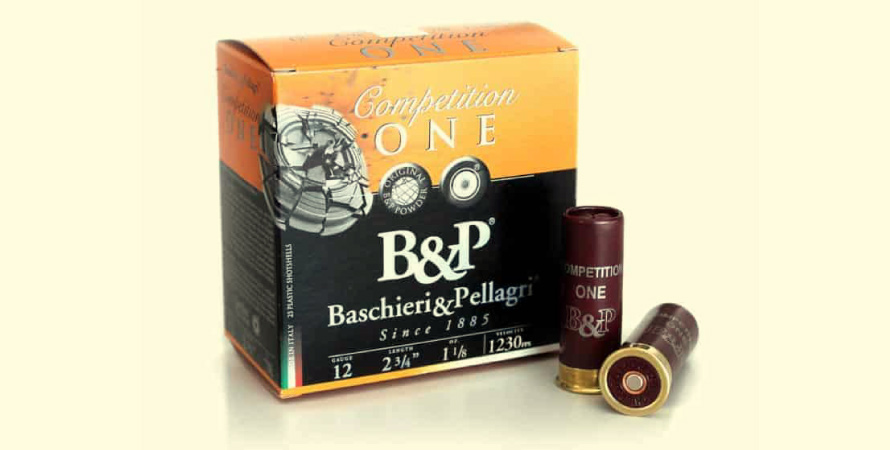
Since skeet targets are shot at close range, 25 yards and less, you need an open choke like Improved Cylinder, Skeet, or Cylinder. Combine that with the Competition One #8 shot and you’ll improve your chances of breaking targets.
One note. As a common courtesy it’s best to check with the Club manager or safety officer about shooting other that a non-standard round of skeet, shooting from each station.
If the range is not busy they usually don’t have a problem with it. If a particular target is presenting problems, you may want to stay at that station and work on it.
Trap: great practice for flushing game
Trap shooting traces its roots all the way back to the 1700’s live pigeon shooting and started using clay targets in the 1880’s. Trap courses are different than skeet in that there is only one trap machine in a bunker style house.
The trap rotates on both vertical and horizontal axes throwing targets within a 45 degree horizontal arch away from the shooters. The trap also rotates on a vertical axis to throw targets between straight away to climbing.
There are five shooting stations in a curved arc behind the trap house starting at 16 yards and radiating back to 27 yards. A round of trap is 5 targets from each of the 5 stations for 25. Trap more simulates flushing birds but doesn’t provide the variety of angles of skeet.
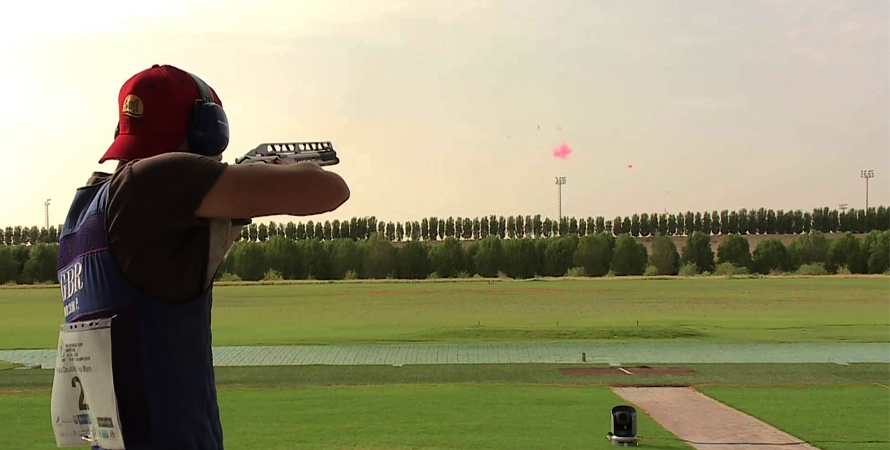
If you are a pheasant, quail, or grouse hunter this is great preparation for next season. You never know which direction that target is going when it comes out of the bunker.
Most trap shooters pre-mount the gun and hold the barrel on the front edge of the trap bunker to pick up the target as soon as it exits. Shooting trap really reinforces the need to focus on the target and keep your barrel moving on the target; skills needed for any flushing game. Be sure to shoot from all five stations.
Doing so will show if you have problems with a particular target angle.
You will need to change things up a little for trap shooting. Remember, that first shooter line is 16 yards from the bunker. Targets will be at the 30-40 yard range when you shoot. You’re going to need to tighten up those chokes to at least Modified, Improved Modified, or even Full.
In addition to tightening the choke look for a load that has higher velocity and larger shot. If you are shooting a smaller gauge, try the Competition One with #7.5 shot. For the 12 gauge shooter step up to the F2 Mach which will provide slightly better performance.
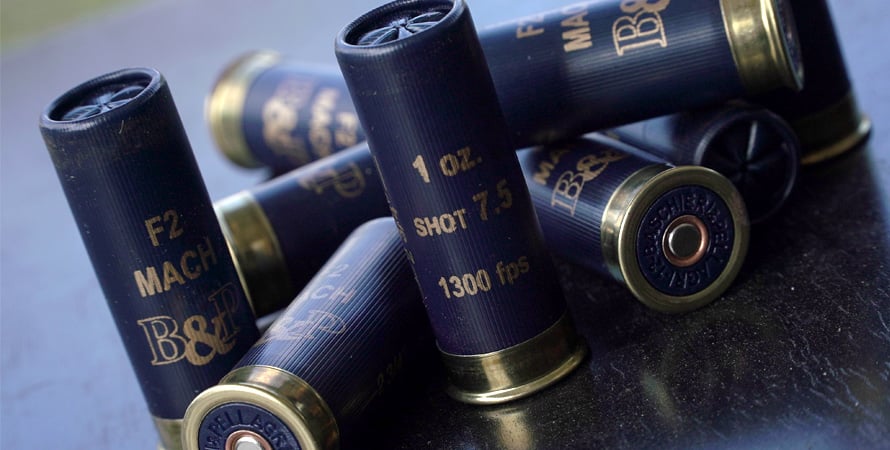
If you are struggling from the 16 yard line, again check with the Club manager or safety officer to see about moving up closer to the bunker. It all depends on the range rules.
Once you feel comfortable breaking targets a few yards behind the bunker work your way back to the 16 yard line to get a true feel for a long shot at flushing pheasant over a cut corn field.
Sporting clays: something for every upland hunter
If you live near a sporting clays range, and you hunt multiple upland species, you are in luck.
Why?
Sporting clays course are designed to replicate numerous upland shooting situations. Even though both skeet and trap were designed to simulate shooting upland game, they both lacked variety of upland shooting scenarios.
Sporting clays courses brought clay target shooting to a new level. Each course is laid out using the terrain to offer different target presentations at each station along the course. A typical course will offer 10 – 15 separate shooting stations with 2 – 4 traps per station.
Targets are presented as singles, report pairs, or true pair usually for a total course of 100 shots.
Do you hunt grouse and woodcock in forested areas?
Many courses will use an available wooded area to offer targets going away or crossing through the trees. For the pheasant hunter there will be stations in a field or opening that offers a flushing shot. If space is available there may even be a station with a tower to give you that long incoming shot that imitates an incoming dove or duck.
Let’s not forget the rabbit hunter.
The popularity of sporting clays led to development of a hardened rabbit target and traps specifically designed to throw those targets simulating a rabbit running across the ground.
Bottom line: sporting clays ranges and target presentations are only limited by the terrain and imagination of the person setting the traps on using that terrain.
When you visit the sporting clays range, it’s a good idea to get a feel for the range and target presentations by shooting the standard menu for the course.
Each course has a score sheet to record hits and misses.
Use it to record your score. Your first time out may be humiliating but do this.
Why?
After you shoot look at the score sheet and see which station gave you the most trouble and had the lowest score.
Or maybe a particular station offers targets that best replicate the type of upland situation you encounter. That’s where you want to focus your shooting attention.
As in skeet or trap, ask the range manager or safety officer about just shooting select stations. Most are accommodating unless the range is really busy. Go to those stations you identified as either difficult or replicating your upland experience.
Shoot your 100 rounds there. If another group is shooting the course, pause your shooting and let them “shoot through” as golfers let speedier groups play through.
How do we practice?
Many upland hunters also shoot sporting clays and have a shotgun designed specifically for clay targets.
Leave it at home and bring your upland gun.
Upland guns are typically shorter and lighter weight than clay target guns. They feel and swing differently. Our goal here is not to improve our score but prepare for the next upland season.
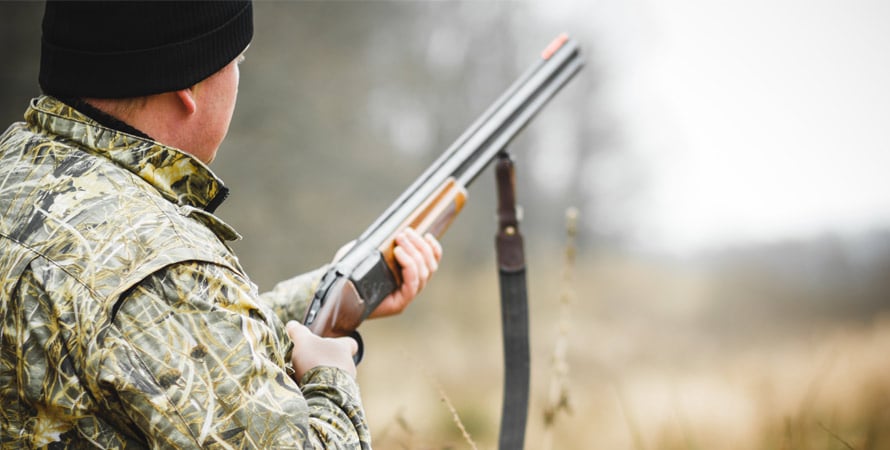
When you first shoot sporting clays you will see others shooting with the shotgun pre-mounted to the shoulder or what is referred to as low gun; butt of the gun off the shoulder and sometimes near the waistline.
You want to practice low gun because that’s where it will be when you are in an upland situation. Mounting the gun is an important part of the pre-season training.
Next, and any sporting clays instructor will tell you this, the key to breaking clay targets at sporting clays is focus on the leading edge of the target. The barrel of your gun will naturally go to the point at which your eyes are focused. Real life upland example.
If you look at an entire pheasant you will usually shoot below the bird. But when the bird flushes if you eyes are focused on the head of the bird you will probably hit it. The same applies to clay targets.
Many hunters also concern themselves with barrel alignment; making sure the barrel is in line with the target. When that happens, vision moves from the target/bird to the barrel, barrel movement stops, and you shoot behind the target.
Just as in clay target shooting, barrel movement is critical to success in upland game hunting. So we want to practice gun mount, target focus, and barrel movement; the last being a byproduct of target focus.
If your shotgun is fitted with choke tubes it may be time to use them. Unlike skeet or trap where targets are engaged at know distances, depending on the course design, targets can be acquired anywhere from 15 to 40 yards.
Use a choke/chokes that fit the situation. Our blog post on choke selection can provide valuable information.
You also want to closely replicate the ammunition you use in the field. Most upland hunters choose a high quality load to improve their success.
You will be doing high volume shooting, four boxes each time out, and the urge is to buy the inexpensive target loads. As we discussed in our post the importance of quality shotshells low quality shells can leave holes in your shot pattern; a hole big enough for a miss.
If you are shooting a 20 or 28 gauge the B&P Competition One in #7.5 or 8 shot provides excellent patterns at standard target ranges. If your upland gun of choice is a 12 gauge, B&P offers a wide range of target loads to meet your needs. Along with the Competition One, the Competition Sporting Clays and
F2 Mach offer both standard and high velocity loads for long shots that may be needed a tower target or a crossing target over an open area.
Other things to consider when practicing
It’s not all about range time, burning powder to break targets. Remember, we are doing this for a purpose; to improve our upland game experience next season.
Each trip to the range should have purpose behind it. Know which target presents a problem and have a plan to improve on it. You can actually start before you even call “pull” for the first target.
We talked about how that lightweight upland gun can give you problems on a clays range with keeping the barrels moving. Start at home by mounting and swinging your shotgun so it becomes a natural movement on the range. Try this Flashlight Drill by instructor Gil Ash to strengthen that part of your game.
How well does your shell pattern and does your shotgun hit at point of aim?
Many hunters and clay target shooters neglect this important point. And the correct choke tube and shotshell combination makes a difference in performance. Many shotgun ranges also have a pattern range for shooters.
Take advantage of it. This blog on patterning a shotgun provides good information on the best way to do it.
If you have never shot clay targets before, but a friend does, ask them to go with you at least on your first visit.
Remember both skeet and trap have a certain shooting pattern and sporting clays courses have a course and target presentation sequence. Having someone there who can “show you the ropes” and answer questions will improve the experience.
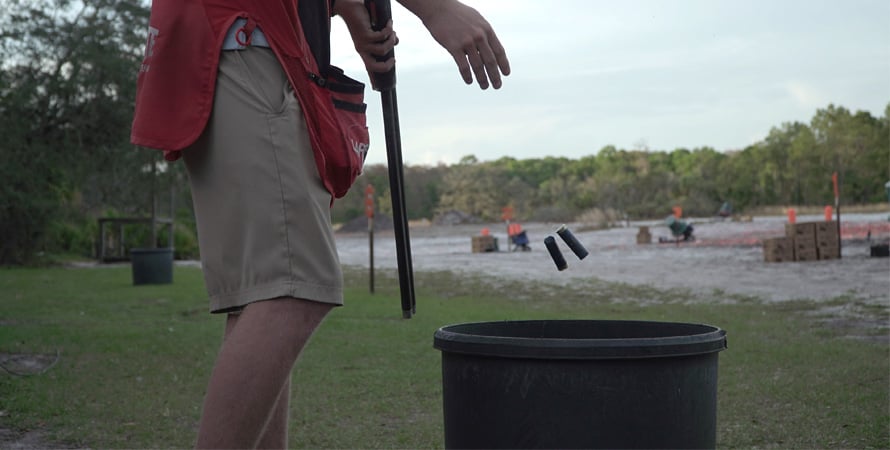
Shotgun clubs have safety rules that are similar to those you use in the field. There are also some that will be particular to that range, stricter than you experience in the field. Make sure you are familiar with them.
For instance, most clubs do not allow high velocity game loads with large shot sizes (#5 or 6) on the range.
If you are struggling with a specific target presentation, and can’t figure out why, give consideration to help from a certified instructor.
Yes, you will have to pay for it. When shooting, your focus is on appropriately on breaking the target, which means you aren’t thinking about what you are doing wrong.
You shouldn’t be.
An instructor will watch you shoot and correct shooting errors very quickly. An hour or two with an instructor is as valuable as a couple of cases of shells.
But... why do it?
We hunt birds and upland game because we enjoy it. Cool crisp autumn air, a dog slamming on point, the sudden appearance of a flight of dove over a cut corn field bring us pleasure.
Each miss frustrates us and diminishes the experience.
Yes, you will miss a shot now and then. Increase your enjoyment, and give yourself something to brag about with your hunting friends.
Hit the clays range during the off season!

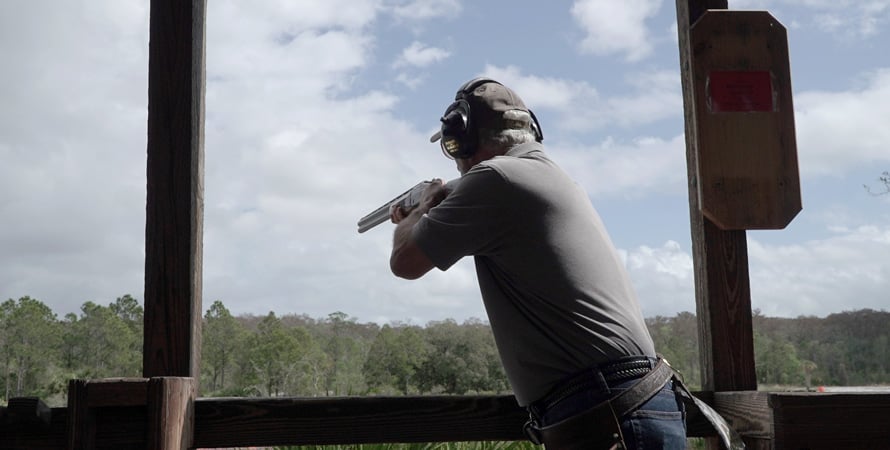
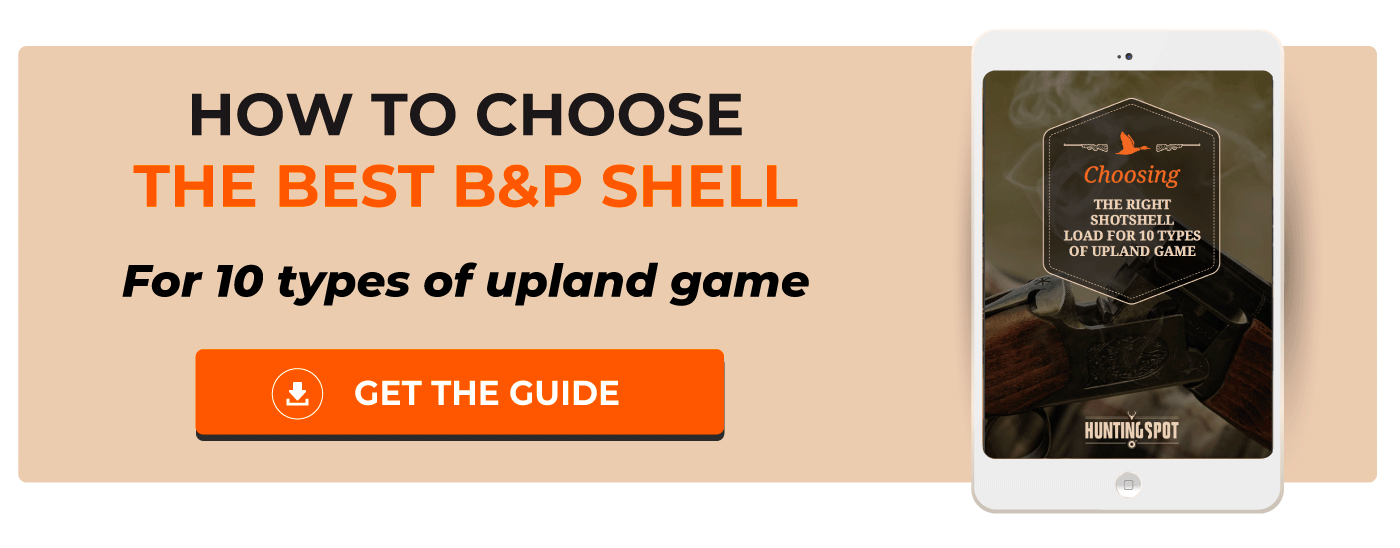

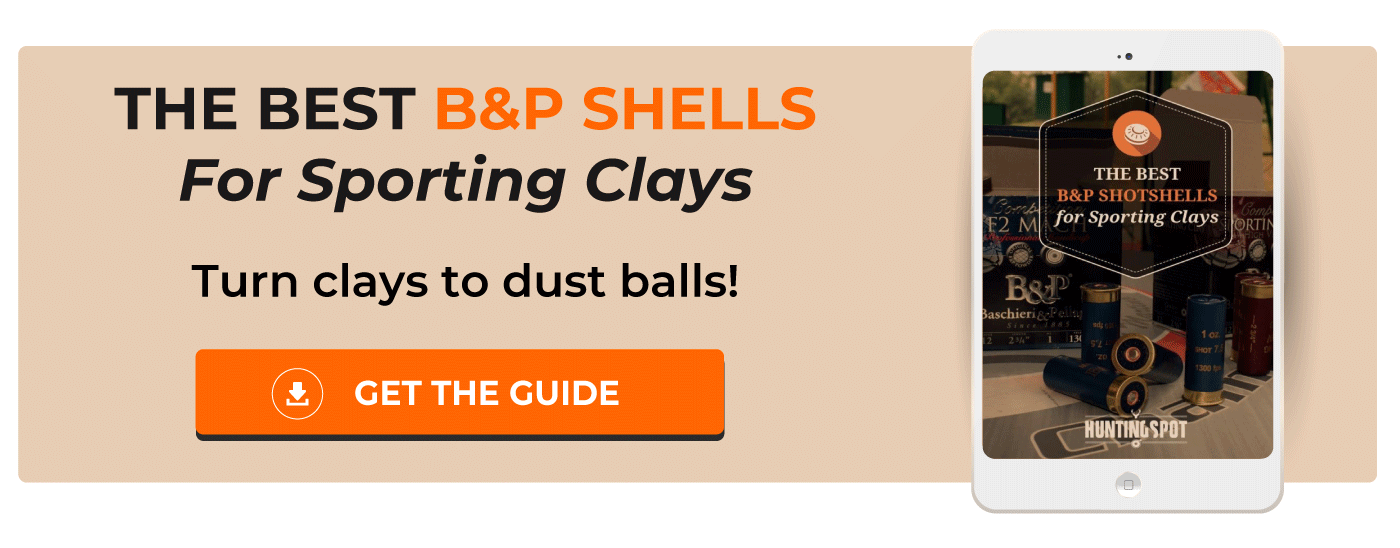
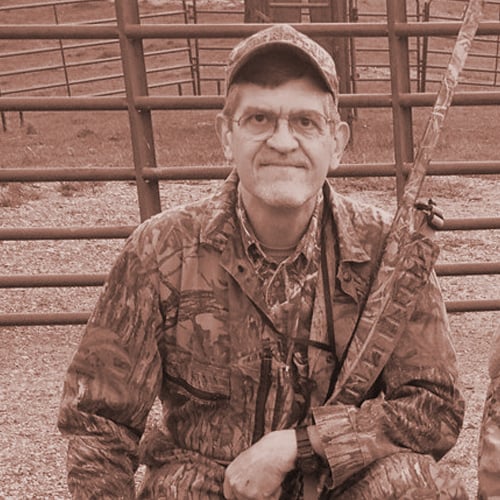
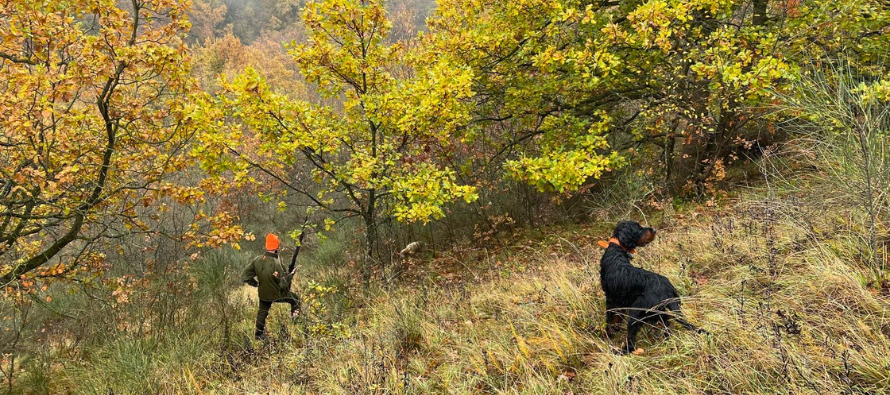
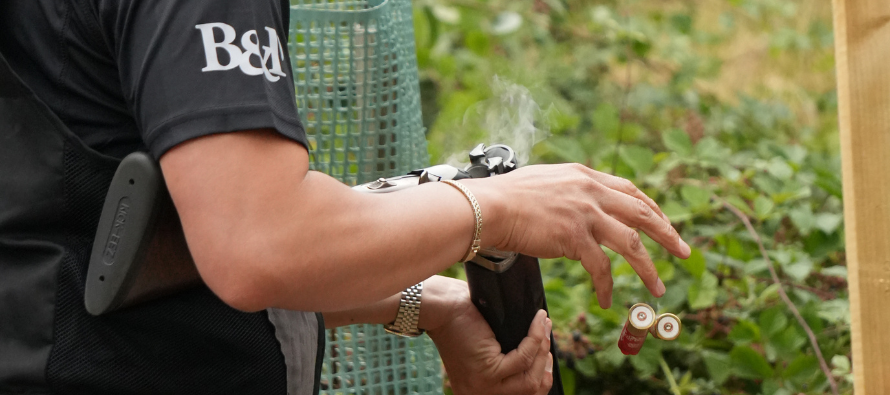
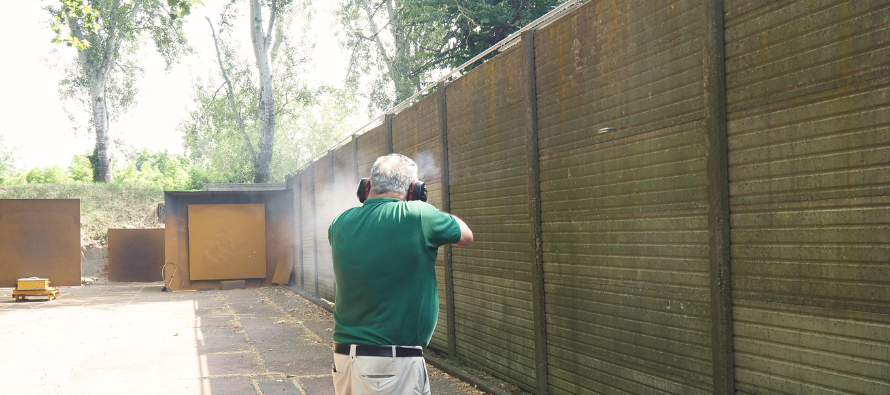
Comment this post